Intro
Tinea Cruris treatment options include antifungal creams, powders, and oral medications, offering relief from jock itch symptoms like itching, redness, and irritation, promoting effective fungal infection management and prevention.
Tinea cruris, also known as jock itch, is a common fungal infection that affects the skin in the groin area, thighs, and buttocks. It is caused by a type of fungus called dermatophytes, which thrive in warm, moist environments. Tinea cruris is highly contagious and can be spread through direct contact with an infected person, contaminated clothing, or by sharing personal items. The symptoms of tinea cruris include redness, itching, burning, and cracking of the skin, which can be uncomfortable and embarrassing.
The importance of treating tinea cruris cannot be overstated, as if left untreated, the infection can spread to other parts of the body and lead to more serious complications. Additionally, tinea cruris can have a significant impact on a person's quality of life, causing discomfort, anxiety, and embarrassment. Fortunately, there are several effective treatment options available for tinea cruris, which can help to alleviate symptoms, cure the infection, and prevent future outbreaks.
Tinea cruris is a common problem that affects millions of people worldwide, and it is essential to understand the causes, symptoms, and treatment options to effectively manage the condition. By seeking medical attention and following a treatment plan, individuals can quickly and easily get rid of the infection and prevent future outbreaks. In this article, we will delve into the world of tinea cruris, exploring the causes, symptoms, and treatment options, as well as providing tips on how to prevent the infection and maintain good hygiene.
Tinea Cruris Causes and Risk Factors
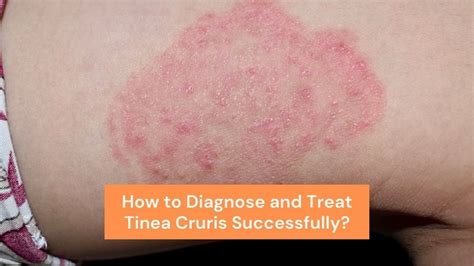
Factors that Contribute to Tinea Cruris
Some of the key factors that contribute to the development of tinea cruris include: * Warm and humid environments * Poor hygiene and infrequent showering * Tight clothing and synthetic fabrics * Sharing personal items, such as towels or clothing * Engaging in sports or activities that involve sweating * Certain medical conditions, such as diabetes or obesityTinea Cruris Symptoms and Diagnosis
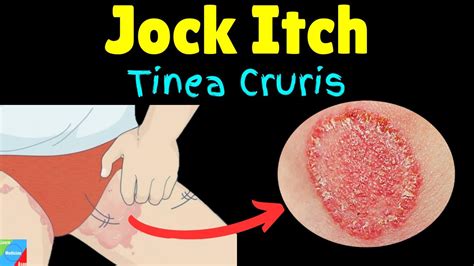
Common Symptoms of Tinea Cruris
Some of the common symptoms of tinea cruris include: * Redness and inflammation of the skin * Itching, burning, or stinging sensations * Cracking or flaking of the skin * Blisters or pus-filled bumps * Unpleasant odor or dischargeTinea Cruris Treatment Options
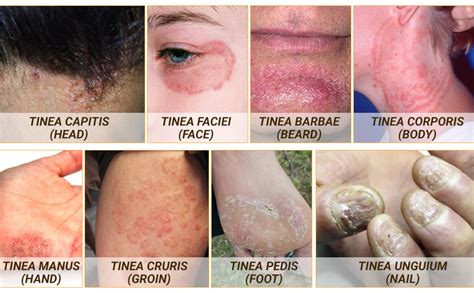
Topical Medications for Tinea Cruris
Some of the common topical medications used to treat tinea cruris include: * Clotrimazole cream or ointment * Miconazole cream or ointment * Terbinafine cream or ointment * Ketoconazole cream or ointmentHome Remedies and Lifestyle Changes
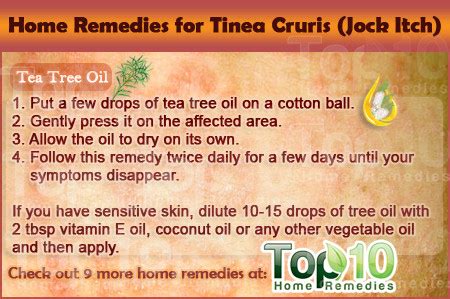
Prevention Tips for Tinea Cruris
Some of the key prevention tips for tinea cruris include: * Keeping the affected area clean and dry * Wearing loose-fitting clothing and natural fibers * Avoiding sharing personal items, such as towels or clothing * Practicing good hygiene and showering regularly * Avoiding tight clothing and synthetic fabricsComplications of Untreated Tinea Cruris
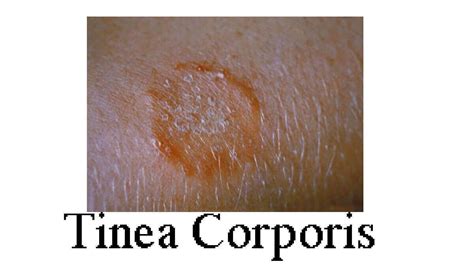
Potential Complications of Tinea Cruris
Some of the potential complications of tinea cruris include: * Spread of the infection to other parts of the body * Development of secondary bacterial infections * Formation of scars or permanent skin damage * Increased risk of developing other fungal infectionsConclusion and Final Thoughts
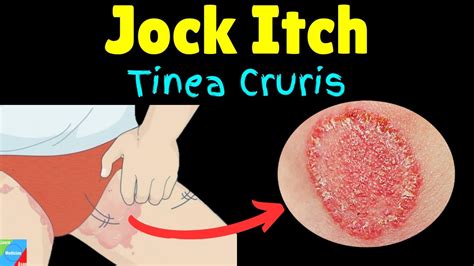
We encourage readers to share their experiences and tips for managing tinea cruris in the comments section below. If you have any questions or concerns, please do not hesitate to reach out to us. By working together, we can help to raise awareness and promote effective treatment and prevention strategies for tinea cruris.
What is the most effective treatment for tinea cruris?
+The most effective treatment for tinea cruris typically involves a combination of topical and oral medications, as well as home remedies and lifestyle changes. It is essential to seek medical attention to determine the best course of treatment.
How can I prevent tinea cruris from recurring?
+To prevent tinea cruris from recurring, it is essential to practice good hygiene, wear loose-fitting clothing, and avoid sharing personal items. Additionally, keeping the affected area clean and dry can help to prevent the growth of the fungus.
Can tinea cruris be spread through sexual contact?
+Yes, tinea cruris can be spread through sexual contact, as the fungus can be transmitted through skin-to-skin contact. It is essential to practice safe sex and avoid sharing personal items to reduce the risk of transmission.
